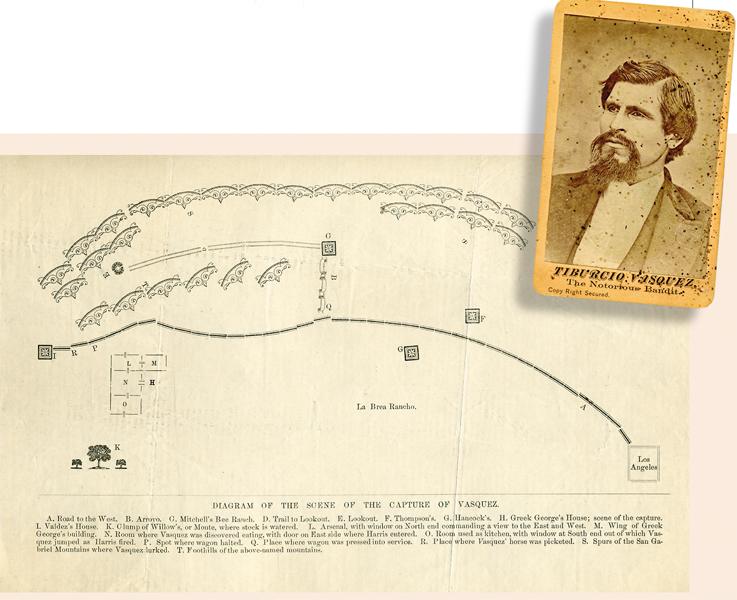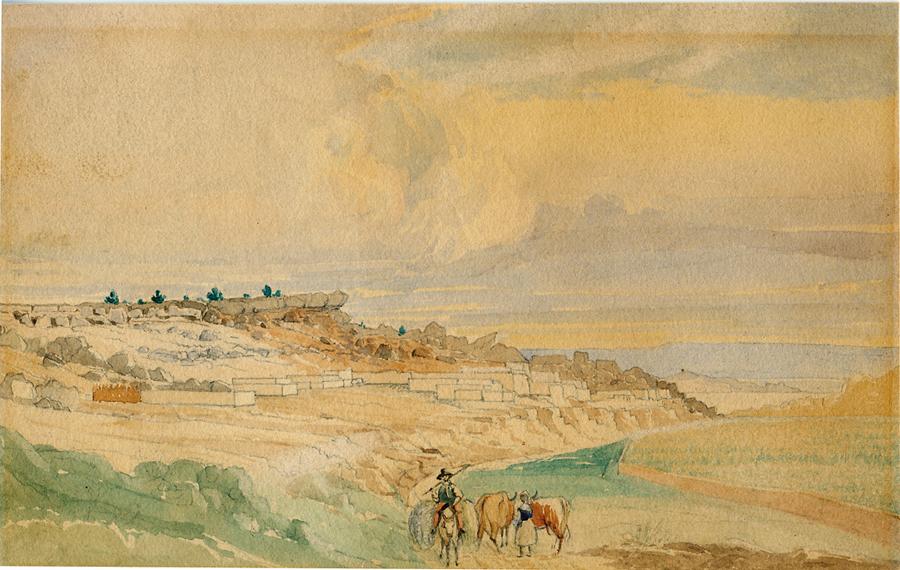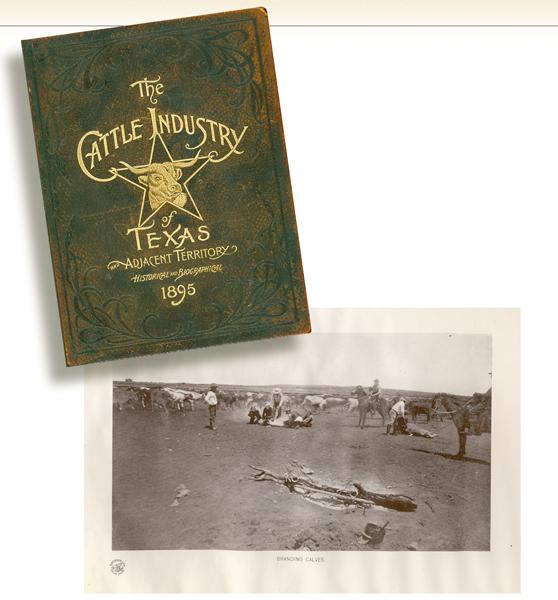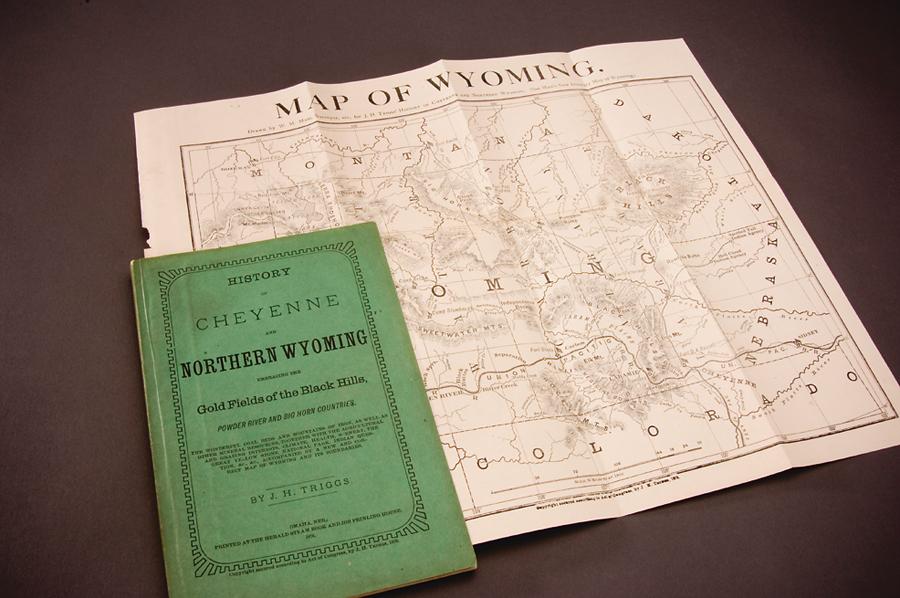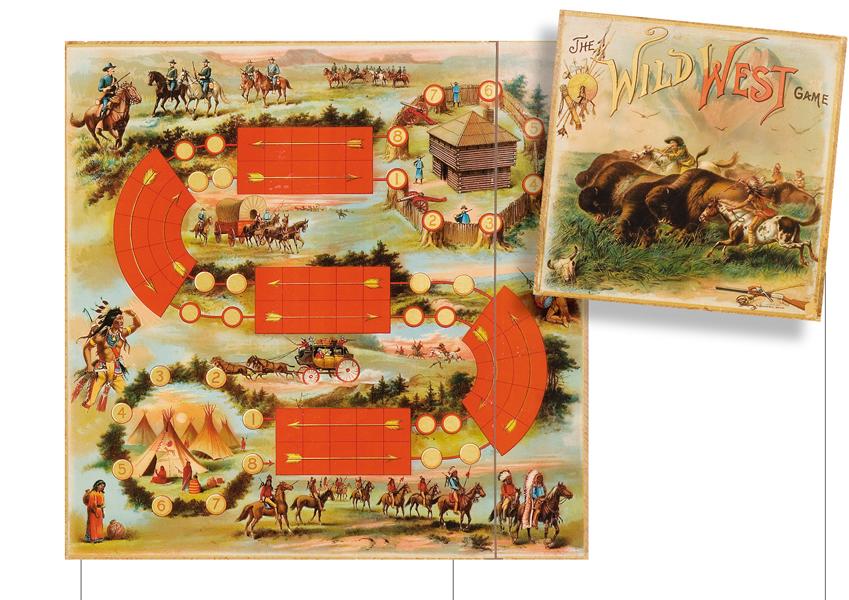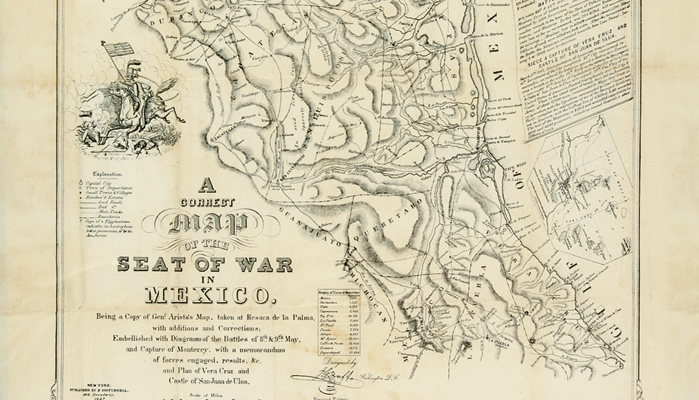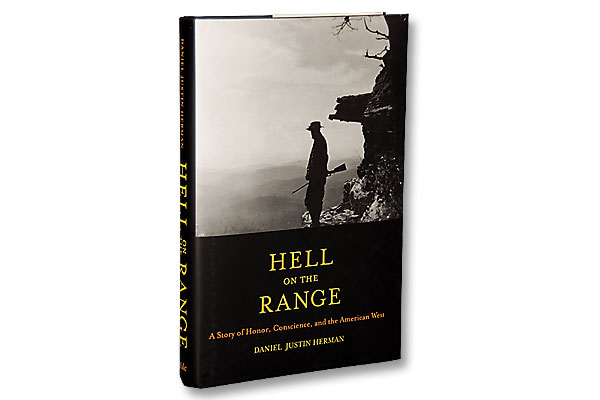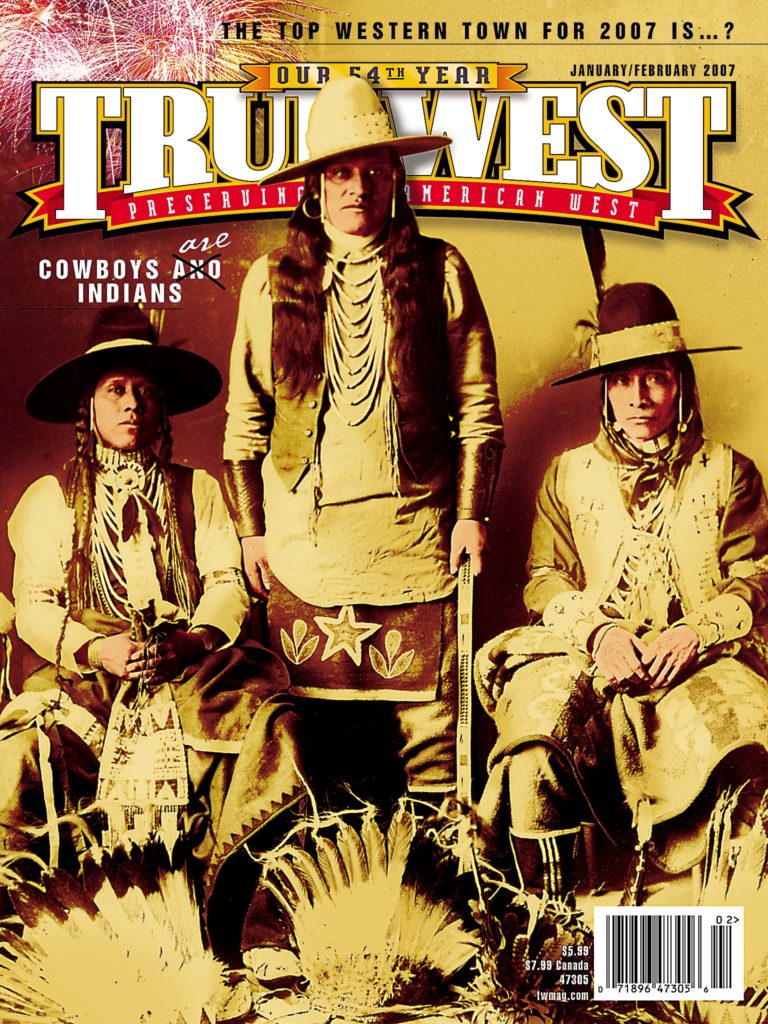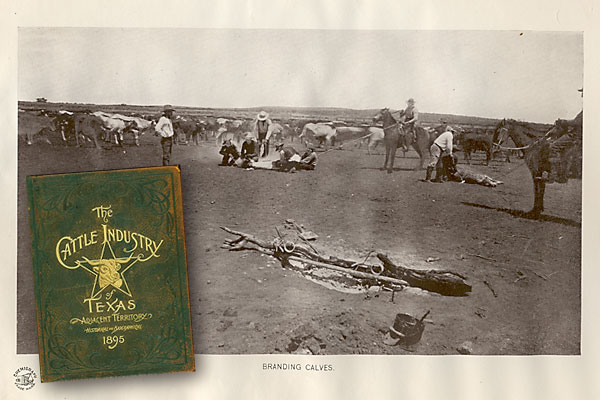 Forget the “blood and thunder” pulps, most readers appreciate a true-to-life range story. At least that’s what antiquarian bookseller Dudley Richard Dobie, Sr. wrote in a Dallas Times Herald article, “Cattle and Horses, and the Men Who Live with Them.” His words struck a true note at the Dorothy Sloan Rare Books auction held at the Buffalo Bill Historical Center in Cody, Wyoming, on October 18, 2006. The top book lot is definitely a range story worth reading.
Forget the “blood and thunder” pulps, most readers appreciate a true-to-life range story. At least that’s what antiquarian bookseller Dudley Richard Dobie, Sr. wrote in a Dallas Times Herald article, “Cattle and Horses, and the Men Who Live with Them.” His words struck a true note at the Dorothy Sloan Rare Books auction held at the Buffalo Bill Historical Center in Cody, Wyoming, on October 18, 2006. The top book lot is definitely a range story worth reading.
Dudley, born to prominent south Texas ranchers in 1904 and studied under Walter Prescott Webb, became a bookseller in 1935 and continued, off and on, until his death in 1982. Readers who came across him never forgot this first cousin of Texas writer J. Frank Dobie; Al Lowman even wrote a book about Dudley, calling him “The First Bookseller to Enrich My Life (and Empty My Pockets).”
The top lot that sold at auction was included in the Herald article, James Cox’s 1895 The Cattle Industry of Texas and Adjacent Territory. Dudley called it one of the “four foundation stones of the cattle industry of the Southwest.” He did warn readers that McCoy’s book was “exceedingly scarce and cost a lot of money,” and that a 1932 reprint of the book was already out of print. One lucky buyer, though, took it home for a $9,500 bid.
One lot that didn’t sell was a set of 1855 original watercolors of early New Mexico, Arizona and Texas published in one of the earliest full-length books on New Mexico in English: William Watt Hart Davis’ El Gringo; or New Mexico and Her People, published in 1857. The six watercolors by Joseph Horace Eaton and Frederic Augustus Percy had an estimated value of $100,000. Nobody took home that piece of range history, although we have a feeling ol’ Dudley would have liked them.
But since the watercolors didn’t sell, the top lot was a rare treaty map from the library of Gen. Juan N. Méndez (1820-1894), who fought in most of Mexico’s late 19th-century wars, including both the U.S. and French invasions. The 1837 version by Parisian publisher Rosa is the first edition of what would finally evolve into the Treaty of Guadalupe Hidalgo map, by which the final border between Mexico and the United States was set. This map, a copy of an 1834 map made by Henry S. Tanner, sold for an $85,000 bid.
The auction closed at under half a million dollars. Makes you want to take another look at your bookshelf, doesn’t it?
The California Bandit
A stay in the Hollywood Hills (then known as the Cahuenga Mountains) was the fatal error that led to the capture of Tiburcio Vasquez, otherwise known as the California Bandit.
His hideout was a cabin on Greek George’s ranch. “Greek George” Caralambo was a former camel driver for Gen. Edward F. Beale in 1857 until the Camel Corps was disbanded by the Army in 1862. It was during his camel days, though, that Greek George was allowed to build a farmhouse with stables in the northwest part of Rancho La Brea. No one knows if the Greek ratted out Vasquez for the $15,000 reward or if a relative turned him in because he had impregnated his young niece, but the bandit’s 23-year streak ended on May 5, 1874. He was found guilty of his crimes and later hanged on March 19, 1875, in San Jose, California.
On September 29, 2006, Johns’ Western Gallery sold a diagram depicting the capture of the California Bandit (above), first published in the Los Angeles Star on May 23, 1874; $3,000. It was also published in the 1874 Life, Adventures and Capture of Tiburcio Vasquez, the Great California Bandit and Murderer, comprised of articles reprinted from the Star and issued by editor Benjamin C. Truman; $4,750. The 1874 carte de visite of Tiburcio Vasquez (inset) sold for $2,500.


